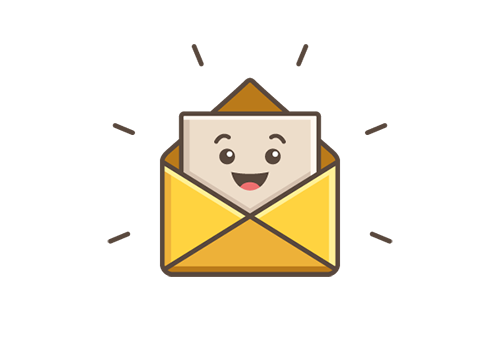Securing Your WordPress Admin Area: Essential Tips for Website Security
Securing the admin area of your WordPress website is crucial to safeguard it from unauthorized access and potential security risks. In this article, we will provide you with essential tips to effectively secure your WordPress admin area.
1. Use a Website Application Firewall (WAF)
To monitor website traffic and block suspicious requests, it is advisable to utilize a Website Application Firewall (WAF). Sucuri is a trusted security and monitoring service that offers a cloud-based WAF. By directing your website traffic through Sucuri’s cloud proxy, potential malicious activities can be intercepted before reaching your website.
2. Password Protect Your WordPress Admin Directory
Strengthen the security of your WordPress login page by adding an extra layer of password protection to your admin directory. By accessing your cPanel dashboard, selecting “Password Protect Directories,” choosing your “wp-admin” folder, and enabling password protection, anyone attempting to access your admin area will need to enter a username and password.
3. Implement Strong Passwords
Ensure that you use strong and unique passwords for all of your online accounts, including your WordPress site. Opt for passwords that include a combination of letters, numbers, and special characters to make them harder to guess. For secure password management, consider using password manager applications.
4. Enable Two-Step Verification
Add an extra layer of security to your WordPress admin area by implementing two-step verification (2FA). By requiring a verification code generated by the Google Authenticator app, even if someone gains access to your password, they will still need the verification code to log in.
5. Limit Login Attempts
Install and activate the Login LockDown plugin to restrict the number of login attempts on your WordPress site. This provides protection against hackers who use automated scripts to crack passwords.
6. Restrict Access to Specific IP Addresses
Enhance the security of your WordPress admin area by limiting access to specific IP addresses. This is particularly useful if only trusted users require access. Add the code snippet provided in this article to your .htaccess file to enforce access restrictions.
7. Hide Login Hints
Prevent hackers from exploiting login hints by hiding login errors that reveal whether the entered username or password is incorrect. You can achieve this by adding custom code to your theme’s functions.php file or by using a code snippets plugin.
8. Enforce Strong Passwords for Users
If you have a multi-author WordPress site, it is essential to ensure that all user accounts have strong passwords. By installing and activating the iThemes Security plugin, you can enforce the use of strong passwords for all users.
9. Reset Passwords for All Users
To improve password security on a multi-user WordPress site, install and activate the Emergency Password Reset plugin. This tool allows you to easily reset passwords for all users on your site.
10. Keep WordPress and Plugins Updated
Regularly update your WordPress core and plugins to ensure that you have the latest bug fixes, new features, and security patches. Using outdated versions leaves your site vulnerable to known exploits.
Conclusion
By implementing these essential tips, you can significantly enhance the security of your WordPress admin area and protect your website from potential threats. For more comprehensive guidance on WordPress security, make sure to check out our beginner’s guide to WordPress security, as well as our recommended WordPress security plugins. Don’t forget to subscribe to our YouTube Channel for helpful WordPress tutorials and follow us on Twitter and Facebook for updates.

